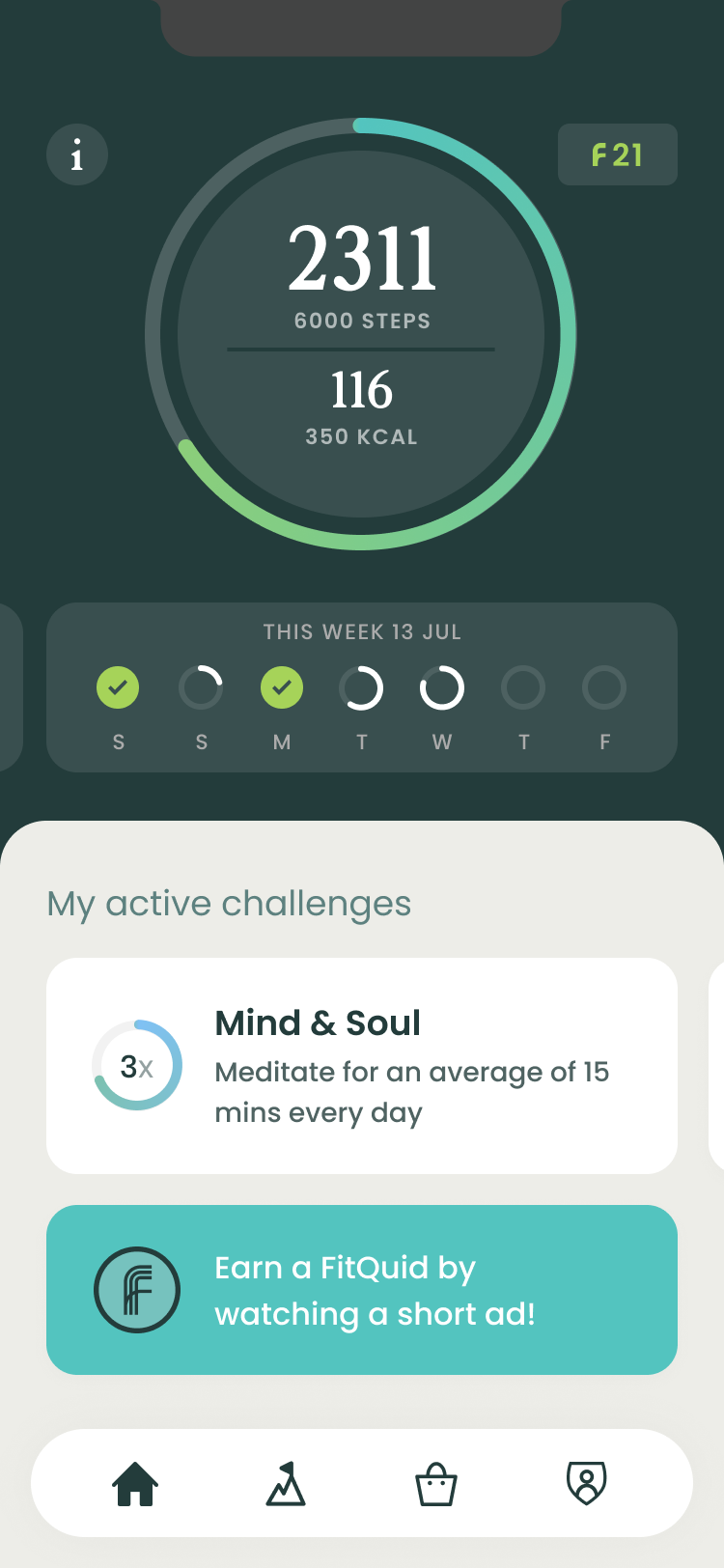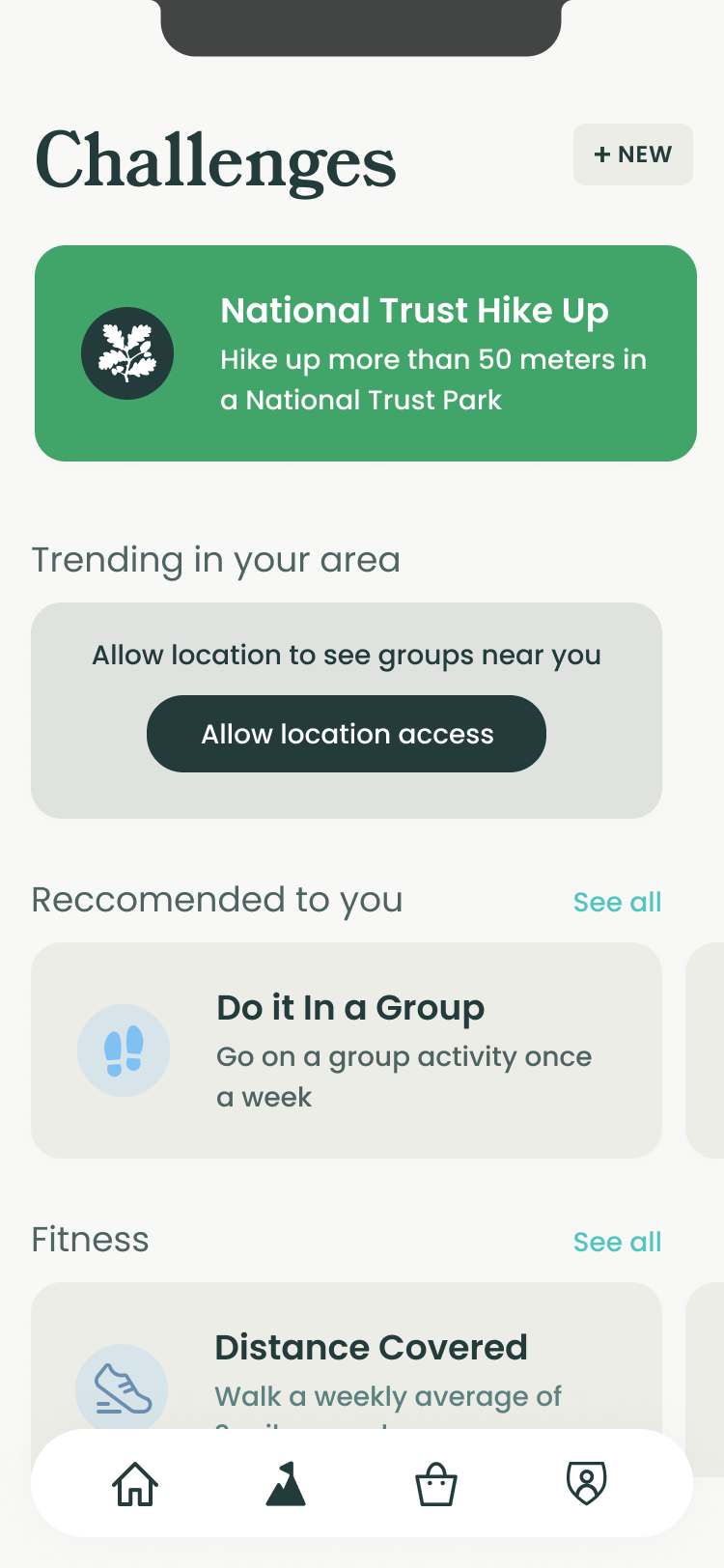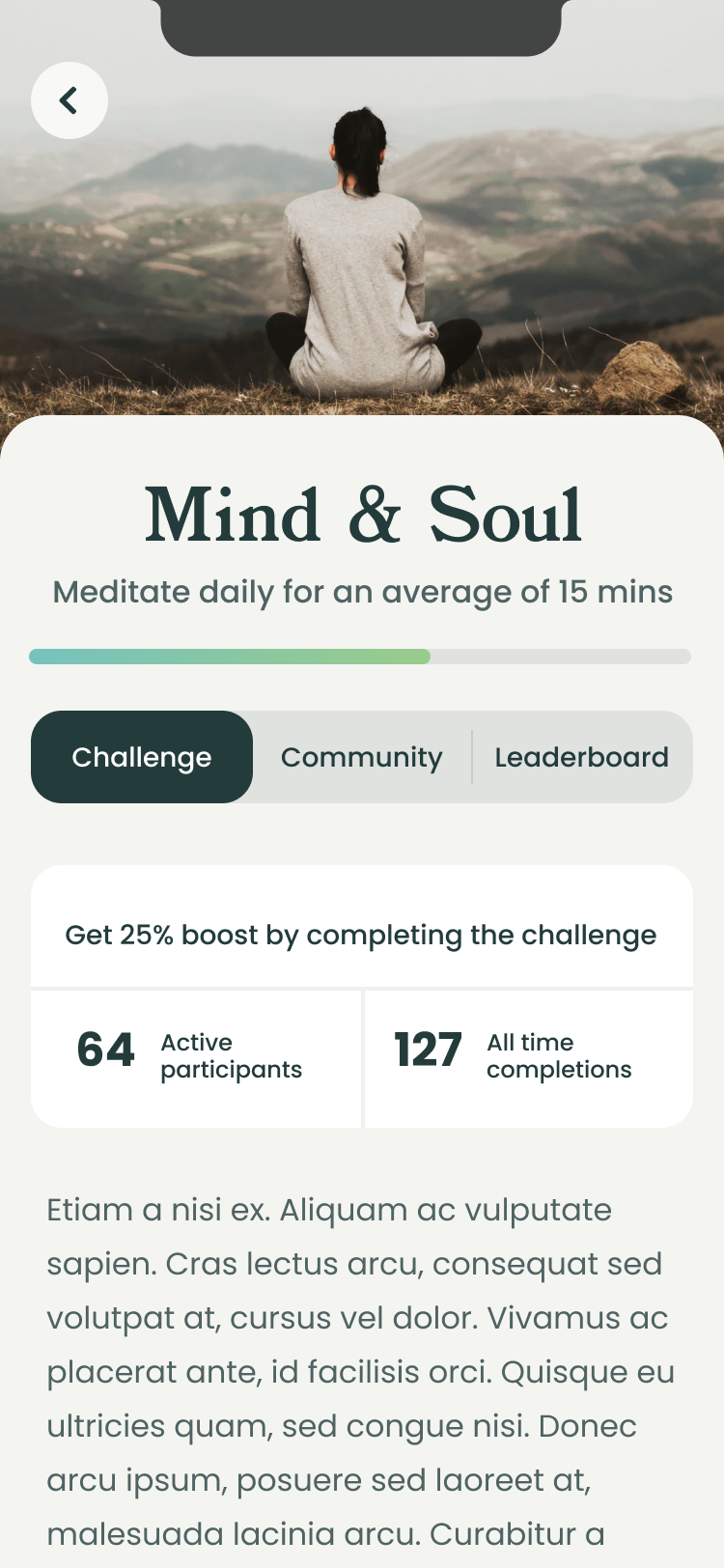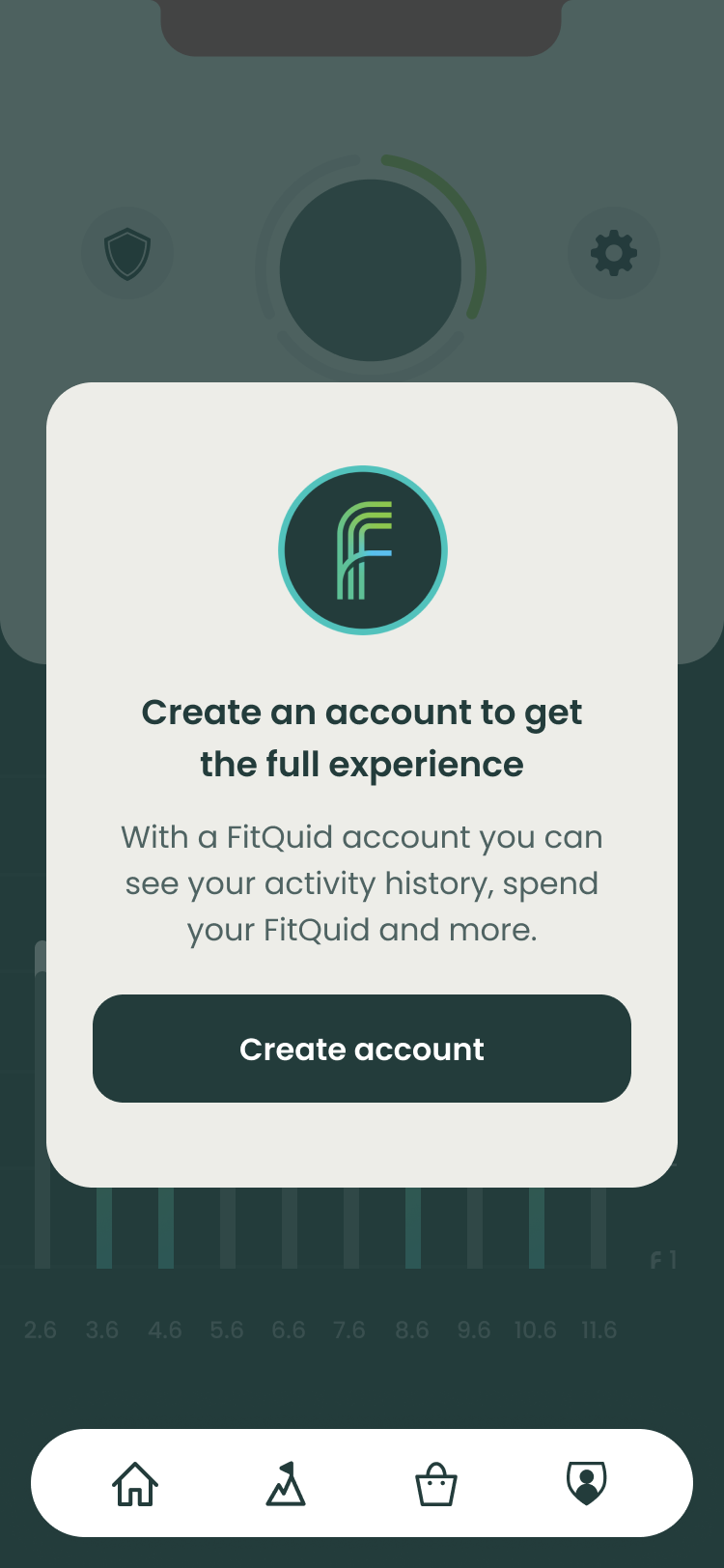We recently worked with FitQuid, creating the UX and UI for an app which helps people to get active and earn rewards based on consistent engagement. One of the biggest challenges we encountered was how to design the onboarding process.
We wanted it to be seriously smooth, with users downloading the app, entering only the essential information and starting to explore as quickly as possible.
We went back and forth times over what should and shouldn’t be included in the flow, narrowing it down to the minimum data points needed to provide value. Then we threw an unexpected question into the mix:
“Do we really need user accounts?”
From the business’s perspective, there’s always a benefit to gathering users’ personal details – it’s by far the easiest way to understand how they use a product, for one.
However, people can be understandably reluctant to hand over their data until they’re sure something is really what they’re looking for.
So, why make them do it?
Look at the meteoric success of TikTok for example, where you can scroll videos to your heart’s content the moment you download it – no account required.



